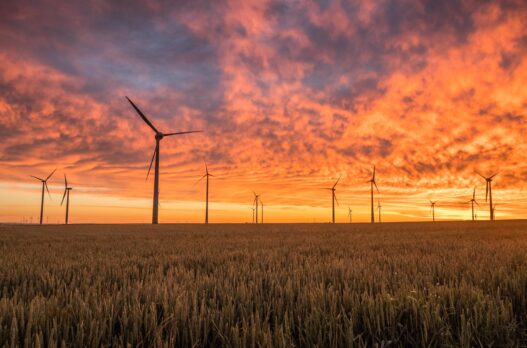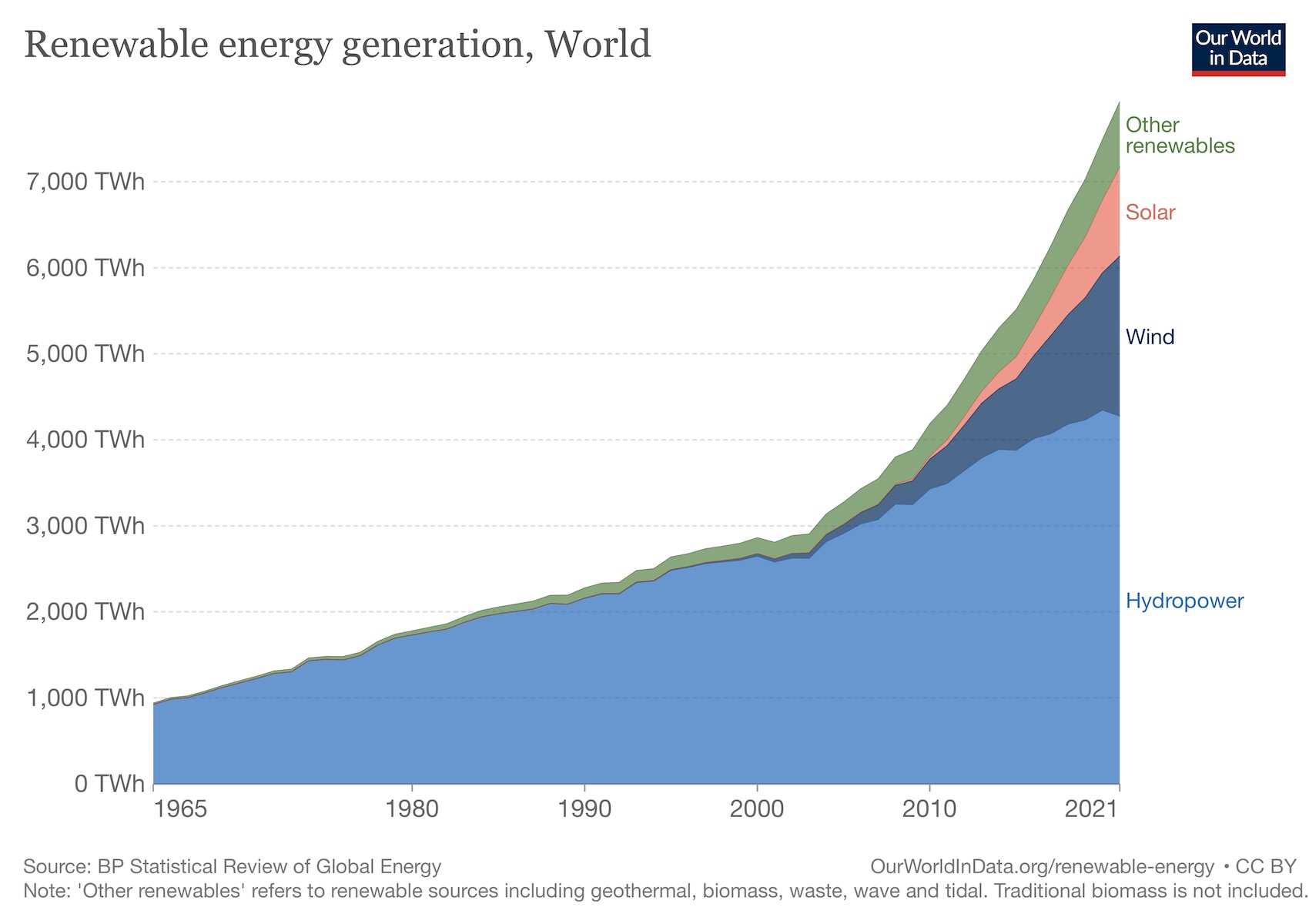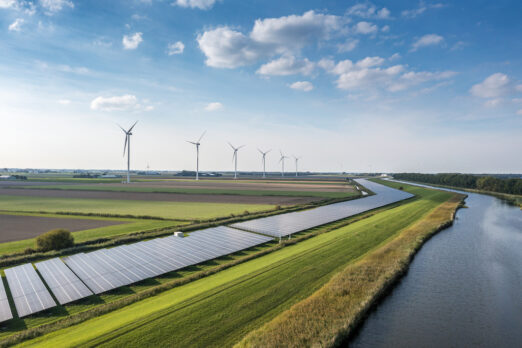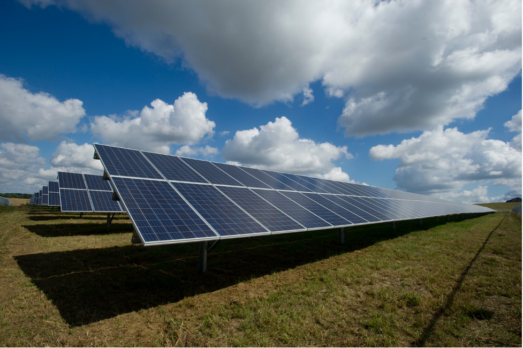
The world is expected to add as much renewable power in the next five years as it did in the past 20 years, according to the International Energy Agency (IEA). Russia’s invasion of Ukraine and the global energy crisis has motivated countries to increasingly turn to renewable energy sources to bolster energy security and reduce reliance on expensive imported fossil fuels.
In 2022, global investment in renewable energy, electrified transport, electrified heat, energy storage, and other technologies reached $1.1 trillion. BloombergNEF reports that this 31% increase in energy transition investments has brought the total to equal that of fossil fuel investments for the first time in history.
The IEA’s annual report Renewables 2022 predicts that renewables will overtake coal to be the largest source of global electricity generation by 2025, and will account for over 90 percent of global electricity expansion over the next five years. A new study has found that it would be less expensive to build a new solar or wind generation and connect them to the grid than to keep operating 99% of the U.S. coal-fired power plants.
Globally, hydropower is currently the leading source of renewable energy, followed by wind and solar. Worldwide wind power capacity is now up to 837 GW, helping the world avoid over 1.2 billion tonnes of CO2 annually. The expansion of wind energy could also be a boost for green jobs and the economy. The Global Wind Energy Council says the wind energy industry could create 3.3 million jobs in the next five years.

Source: Our World in Data
The rapid growth in renewable energy is happening primarily in China, followed by Europe and the United States. China accounted for 46% of the new generating capacity added in 2021, with subsidies encouraging a six-fold rise offshore wind. Solar is expected to account for 60% of the increase in global renewable capacity in 2022. The IEA says the growth in renewable capacity in Europe by 2023 will likely significantly reduce dependence on Russian gas.
In the United States, the recently passed Bipartisan Infrastructure Law and Inflation Reduction Act offer significant investments to expand solar, wind, EVs, energy storage, and energy efficiency. The legislation supports industry to produce more renewable energy, and households to transform energy use and consumption. The Department of Energy’s Office of Energy Efficiency and Renewable Energy (EERE) funds research and development to drive down the costs of clean energy and improve energy efficiency.
A new government report estimates that more than one quarter of U.S. energy generation will come from renewables by 2024, up from 21% this year. About two-thirds of this forecast increase comes from new utility-scale solar, and most of the rest is from new wind projects.

Source: SEIA
There is also growth in residential solar installations. In 2021, there was a 34% increase in residential solar in the U.S. Increasingly, homeowners and businesses want their solar systems to be paired with battery storage. With the expansion of electric vehicles and tax credits, this pace will likely accelerate in the coming years.
Although the pace of progress is accelerating, we still have a long way to go. While many are disheartened that global CO2 emissions rose by 1% in 2022, the IEA estimated that the increase would have been three times as large had it not been for the rapid deployment of wind turbines, solar panels and electric vehicles.
Learn more about U.S. advances and investments in energy efficiency, renewable energy, and sustainable transportation as well as clean energy tax credits for households @ DOE’s Office of Energy Efficiency and Renewable Energy

Generating electricity requires a huge amount of water. We use fresh water to mine and burn coal, frack and pump…

2023 was a bleak year for the climate, with the hottest temperatures on record. But it was also a year…

With the increasing frequency of climate-related disasters, our children are growing up in a changing world. This is a growing…